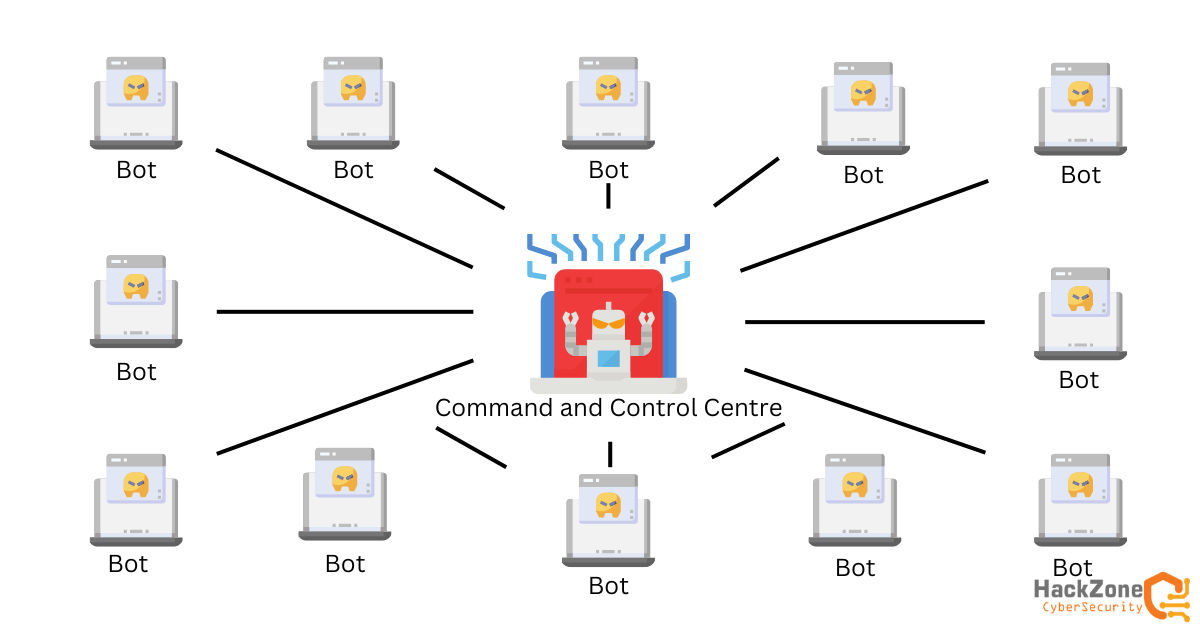How ‘Muddled Libra’ Cybercrime Group Exploits BPO Sector with Sophisticated Social Engineering Techniques
The BPO sector is currently under attack by a cybercrime group known as Muddled Libra, which employs sophisticated social engineering tactics to gain unauthorized access. […]

